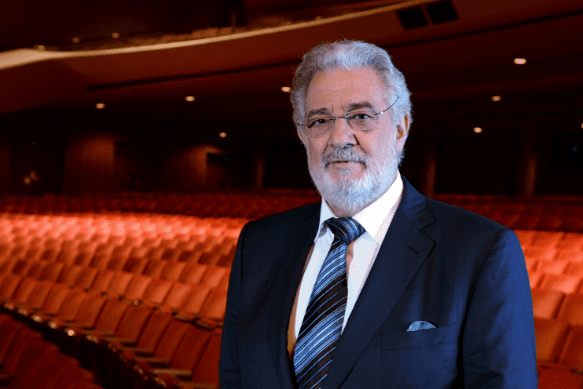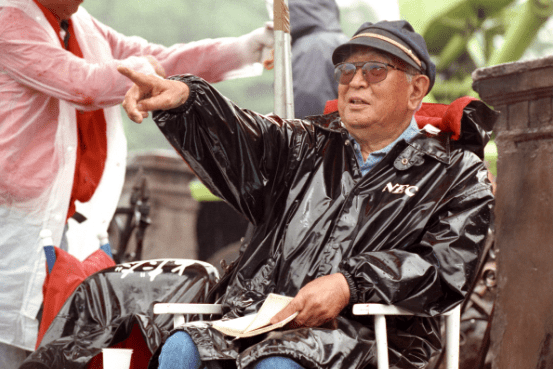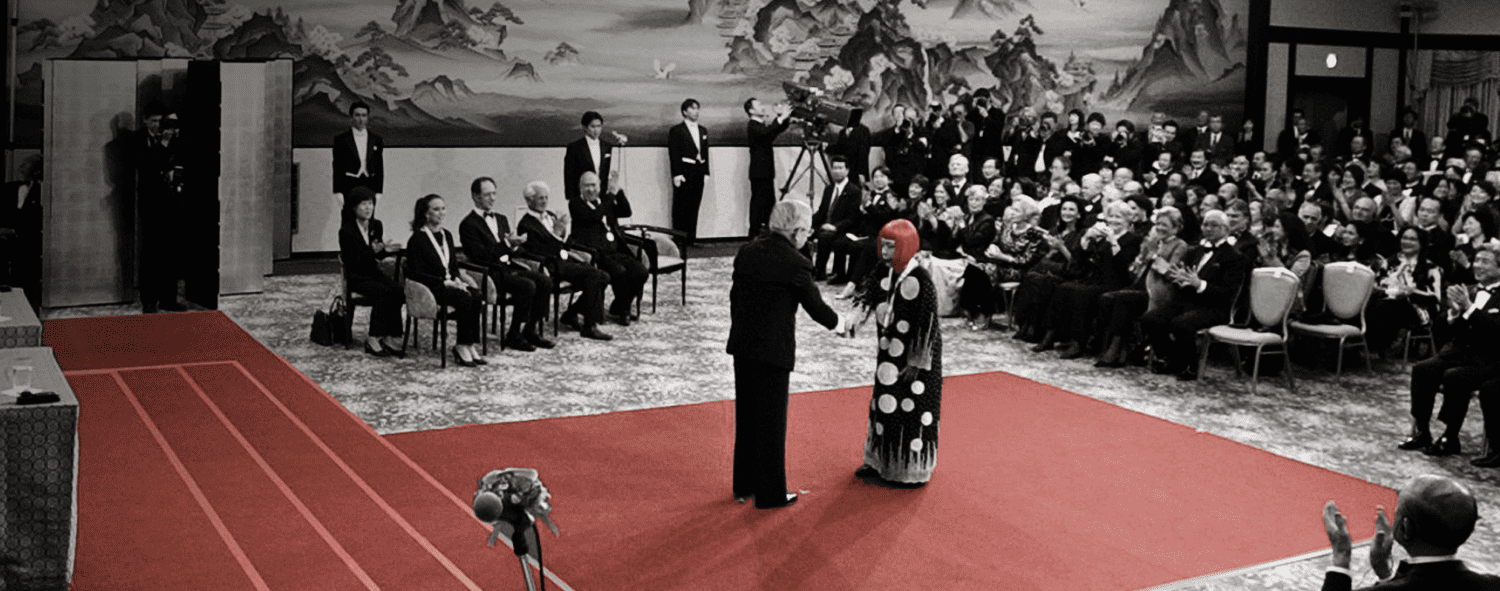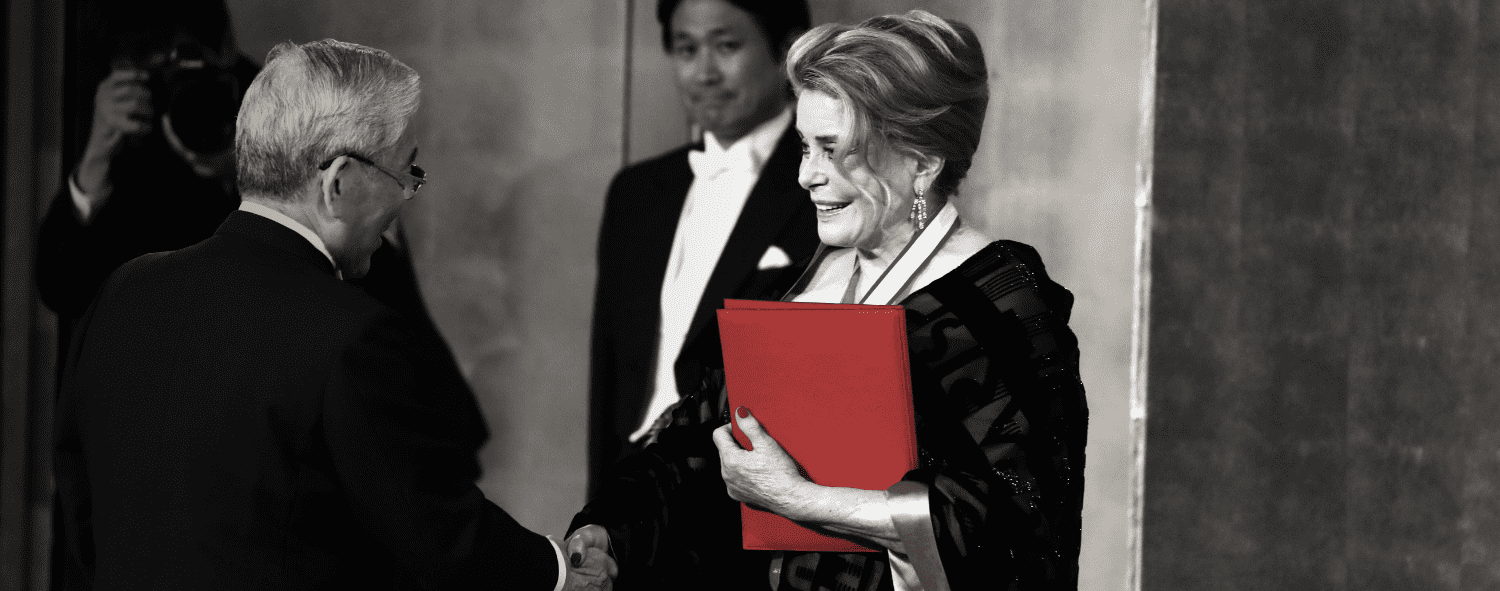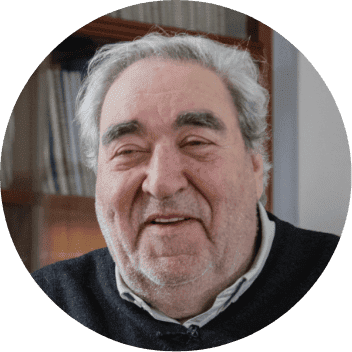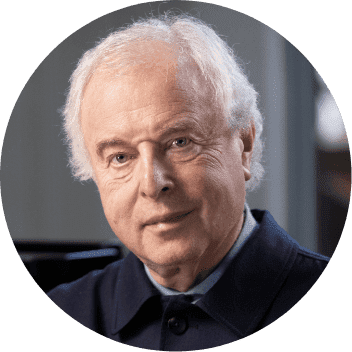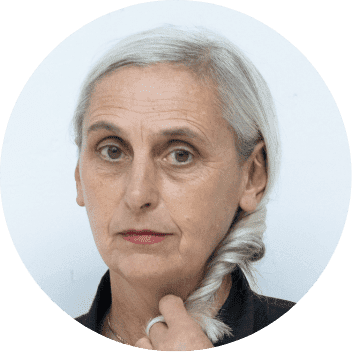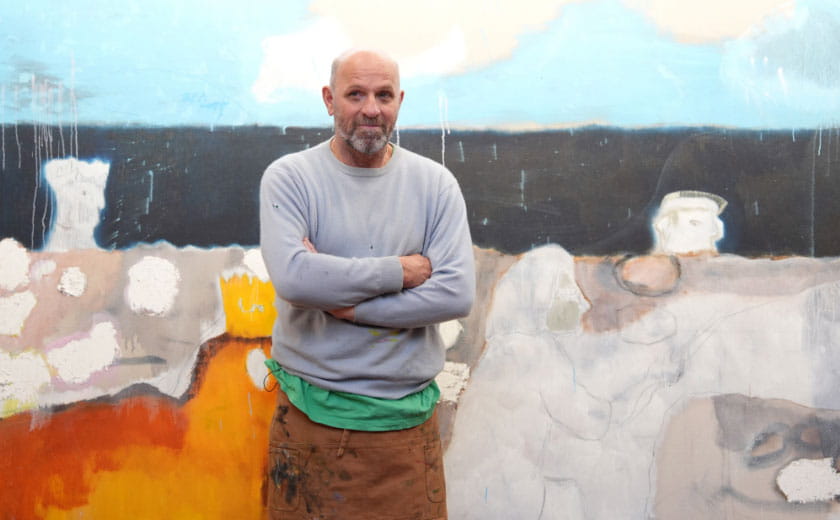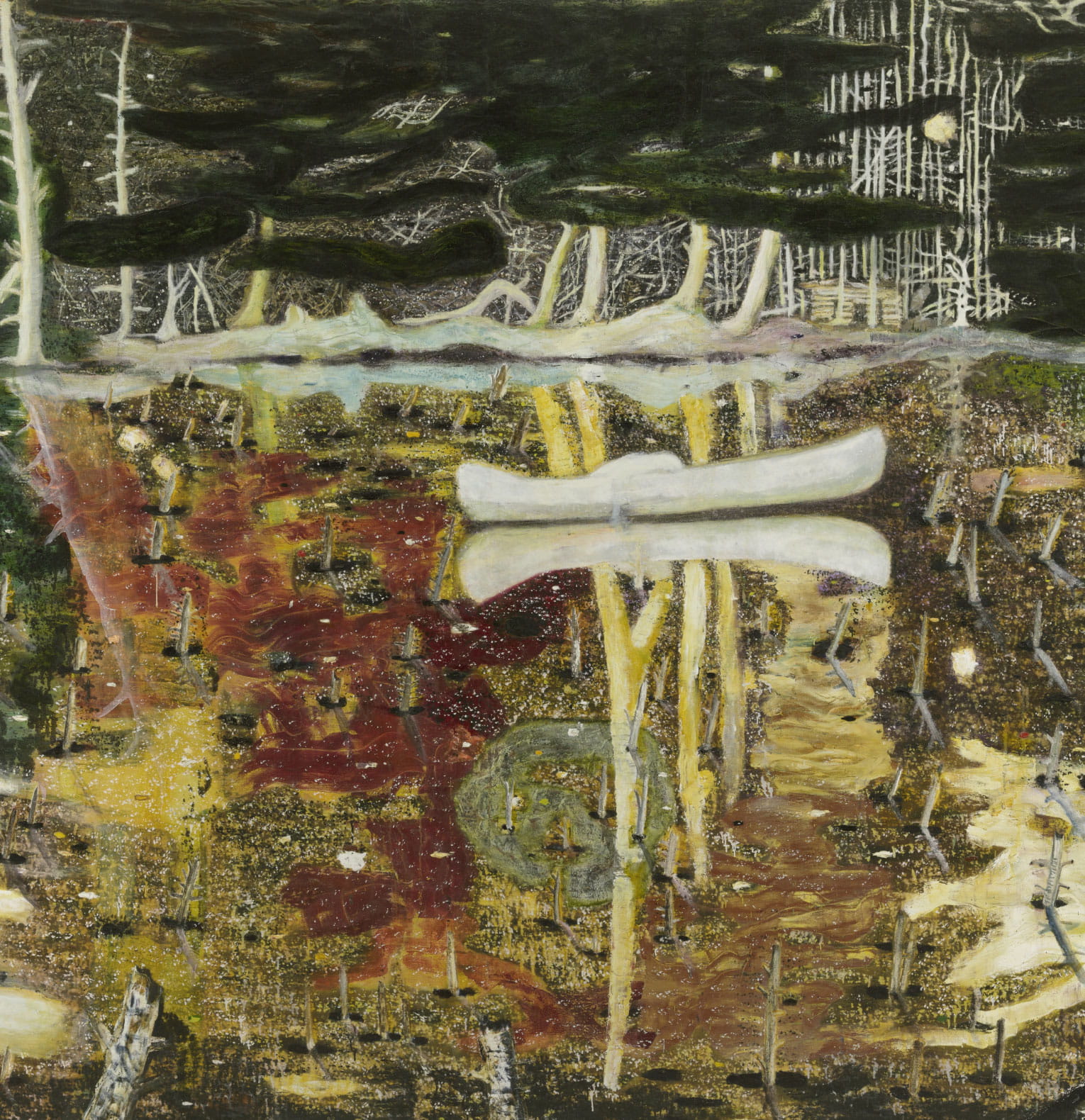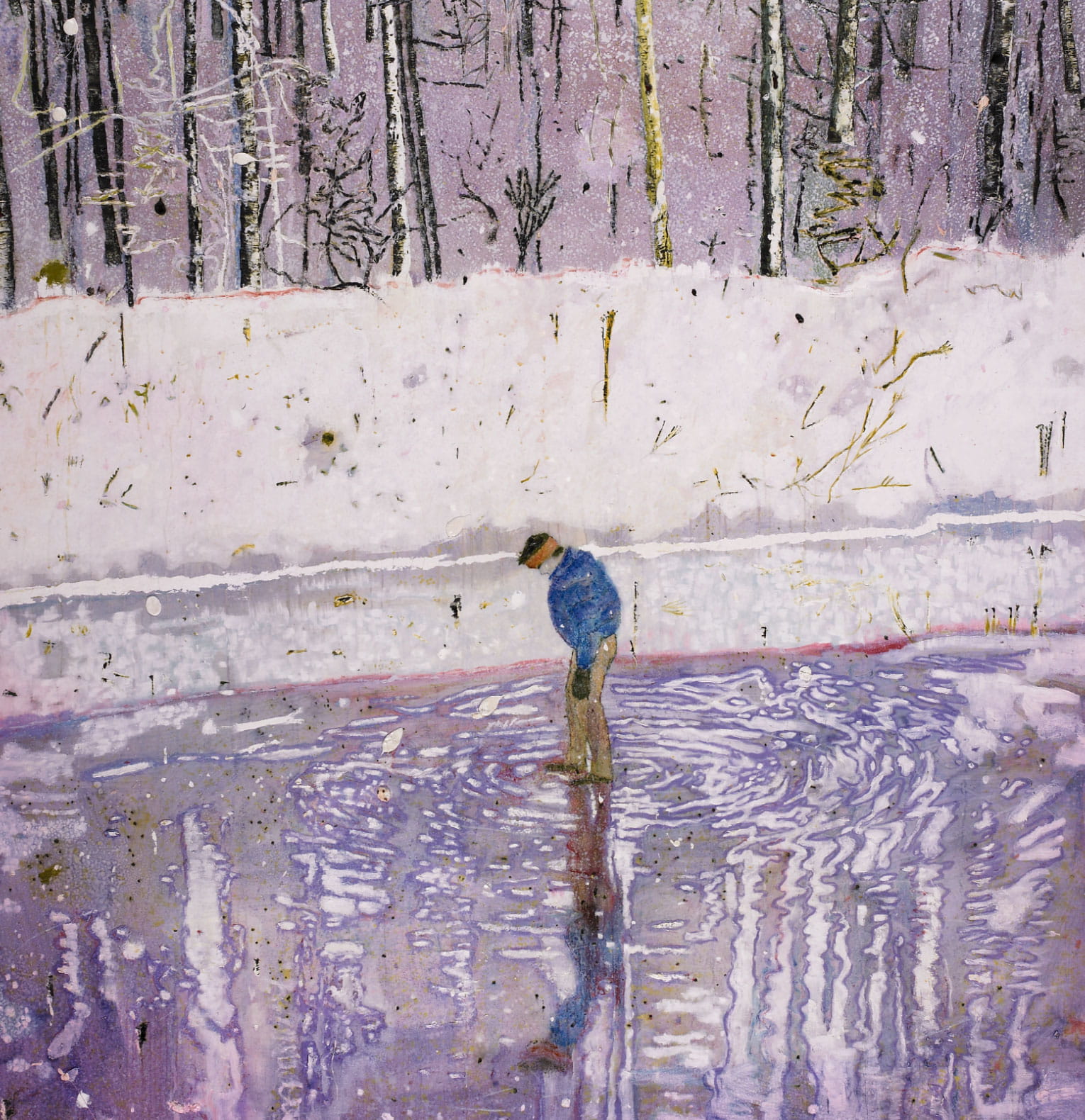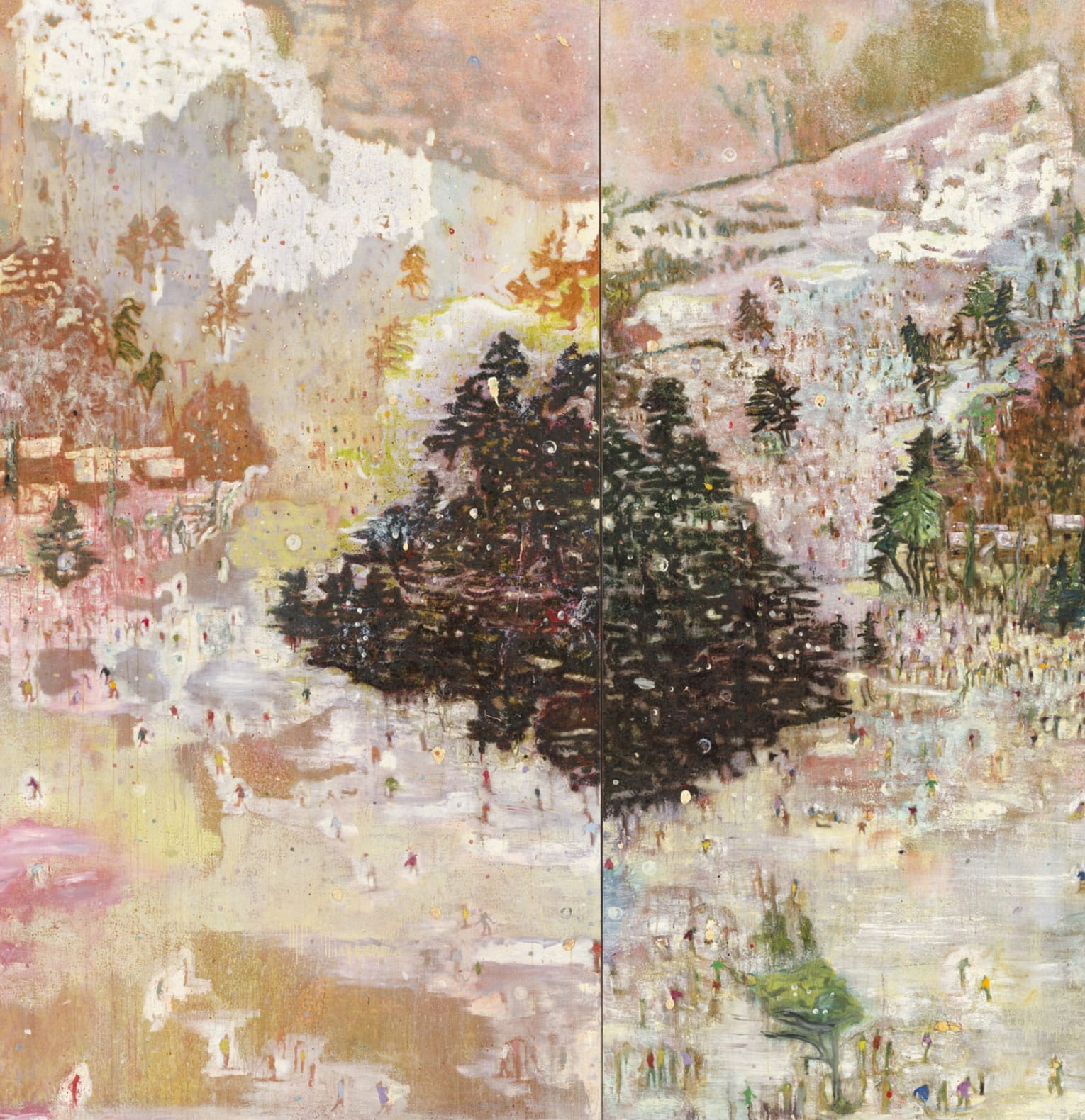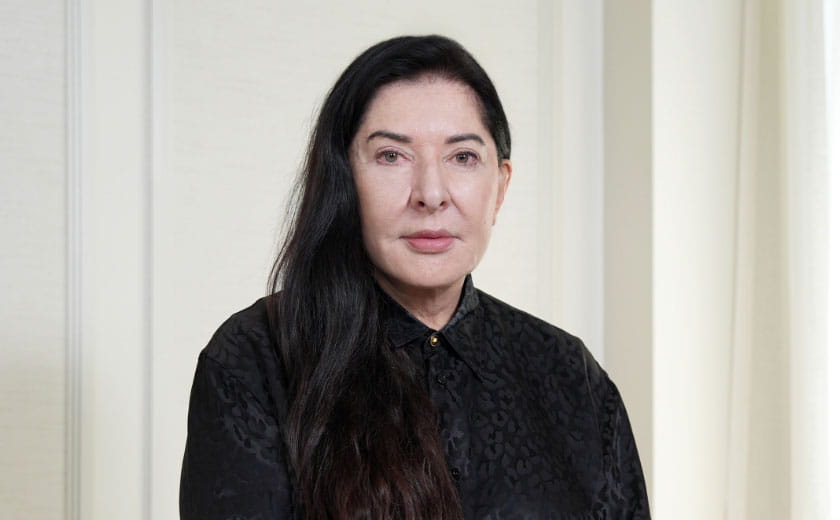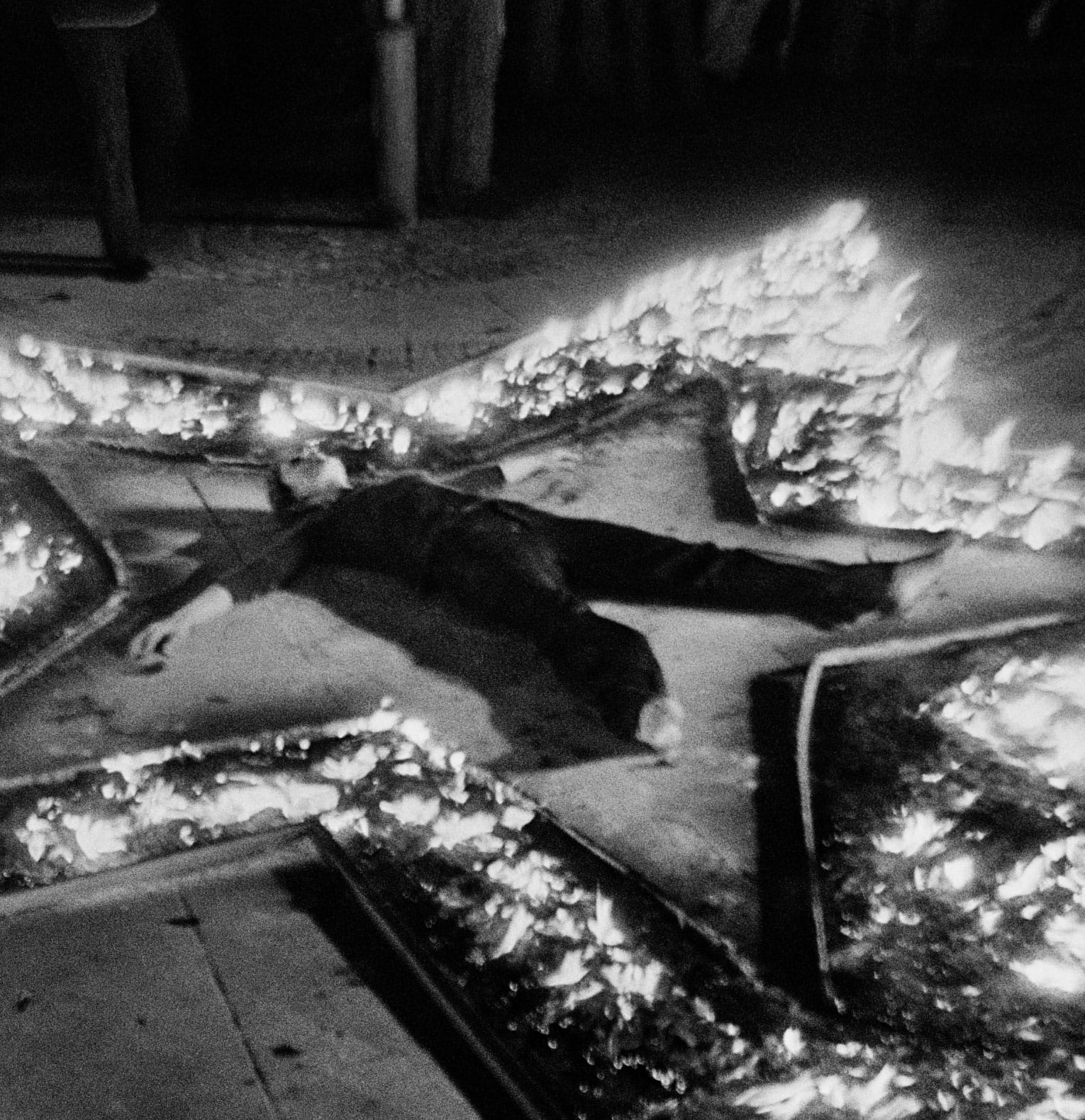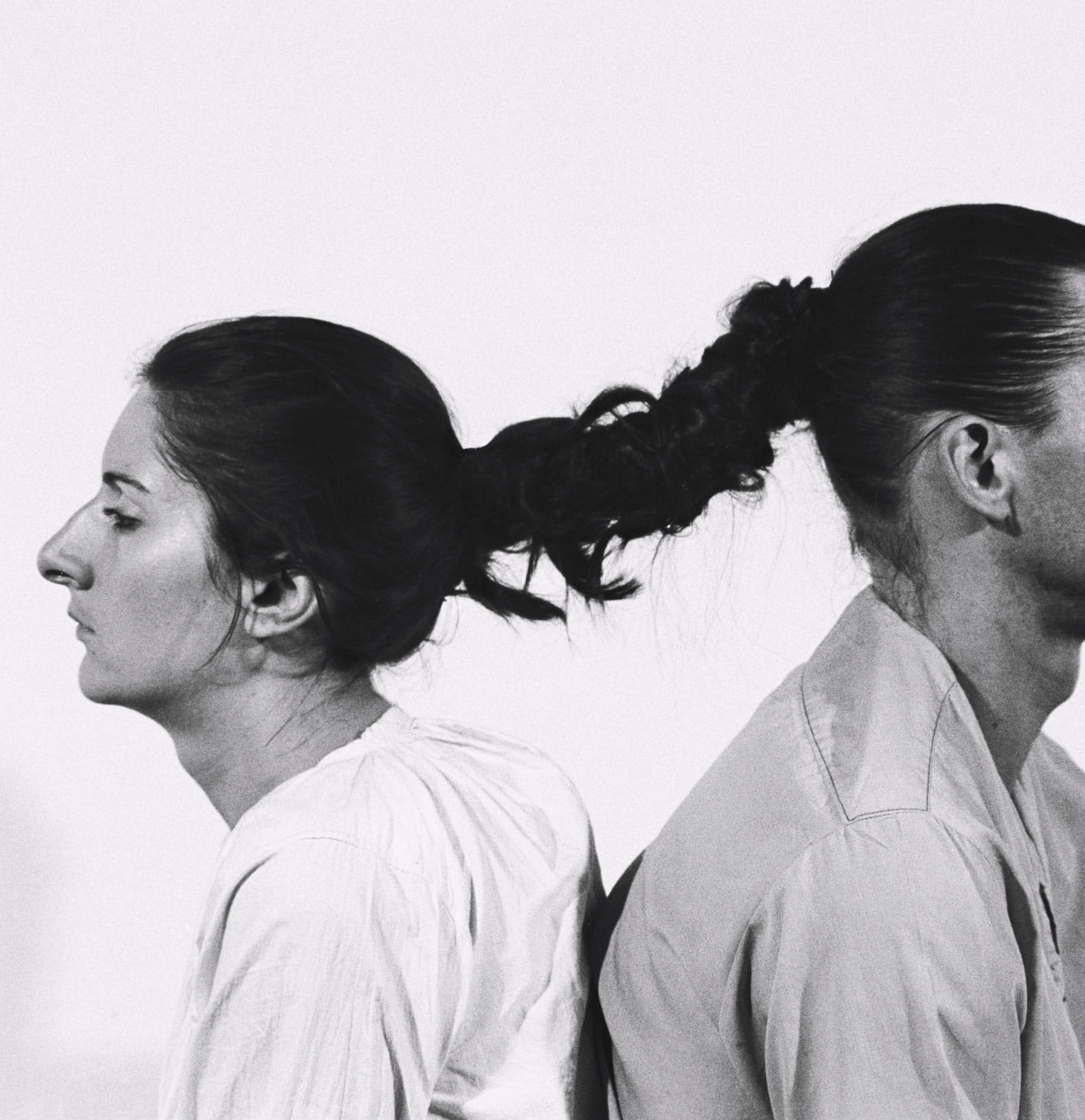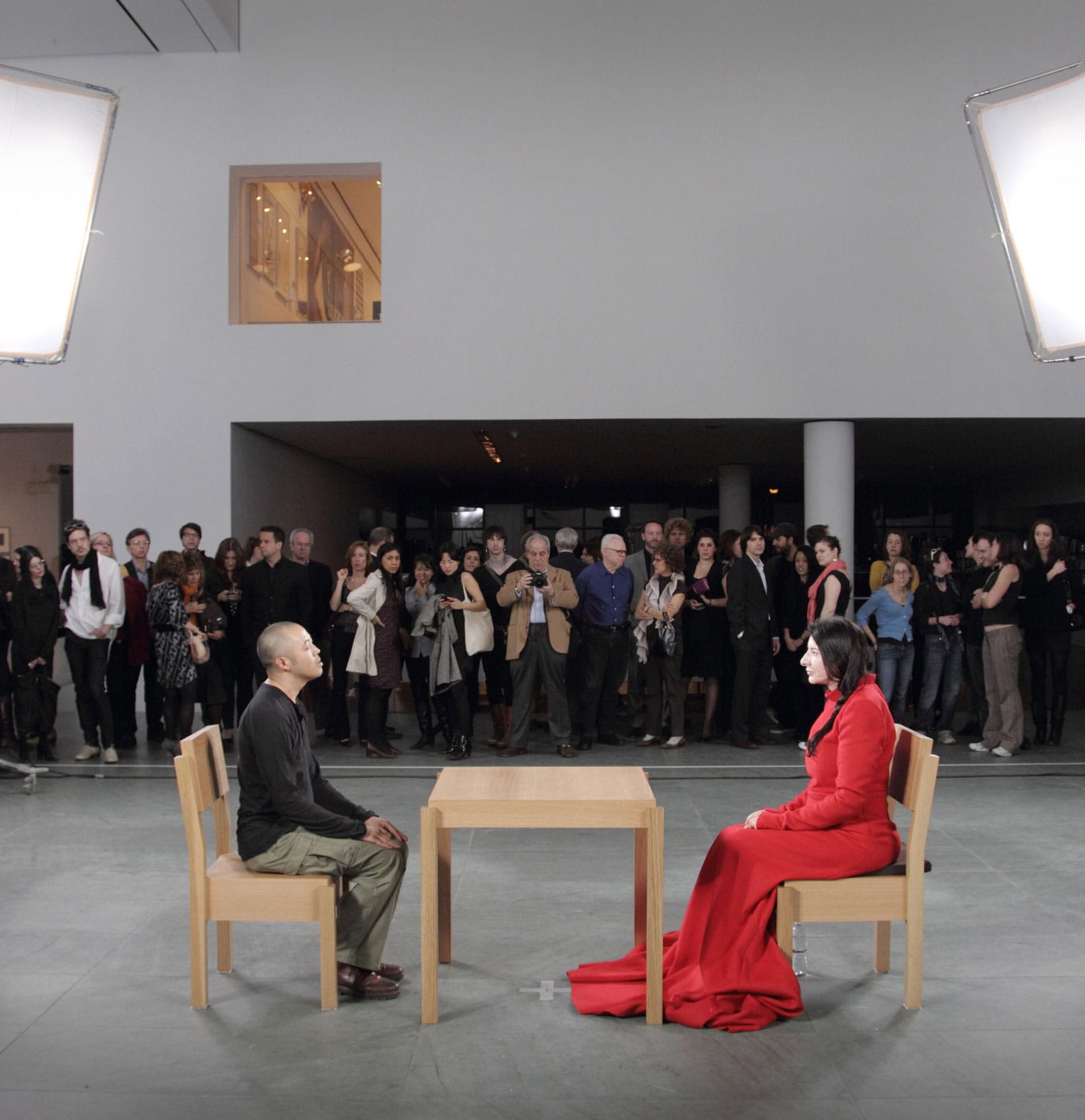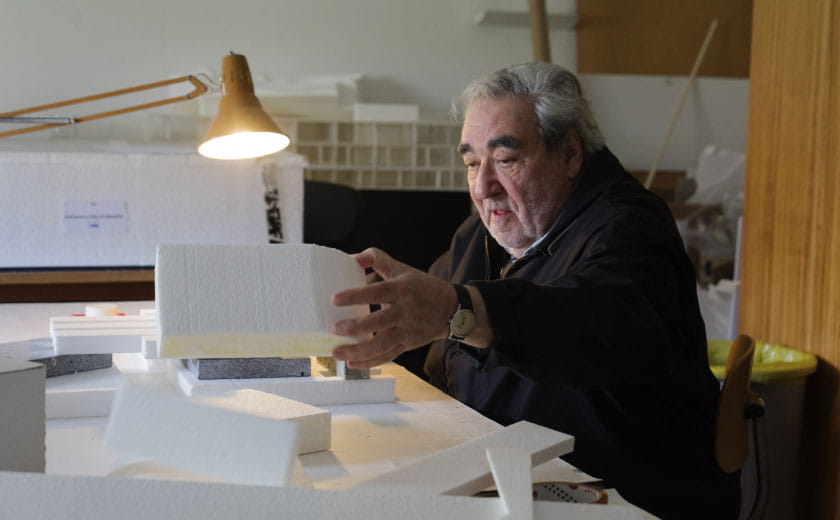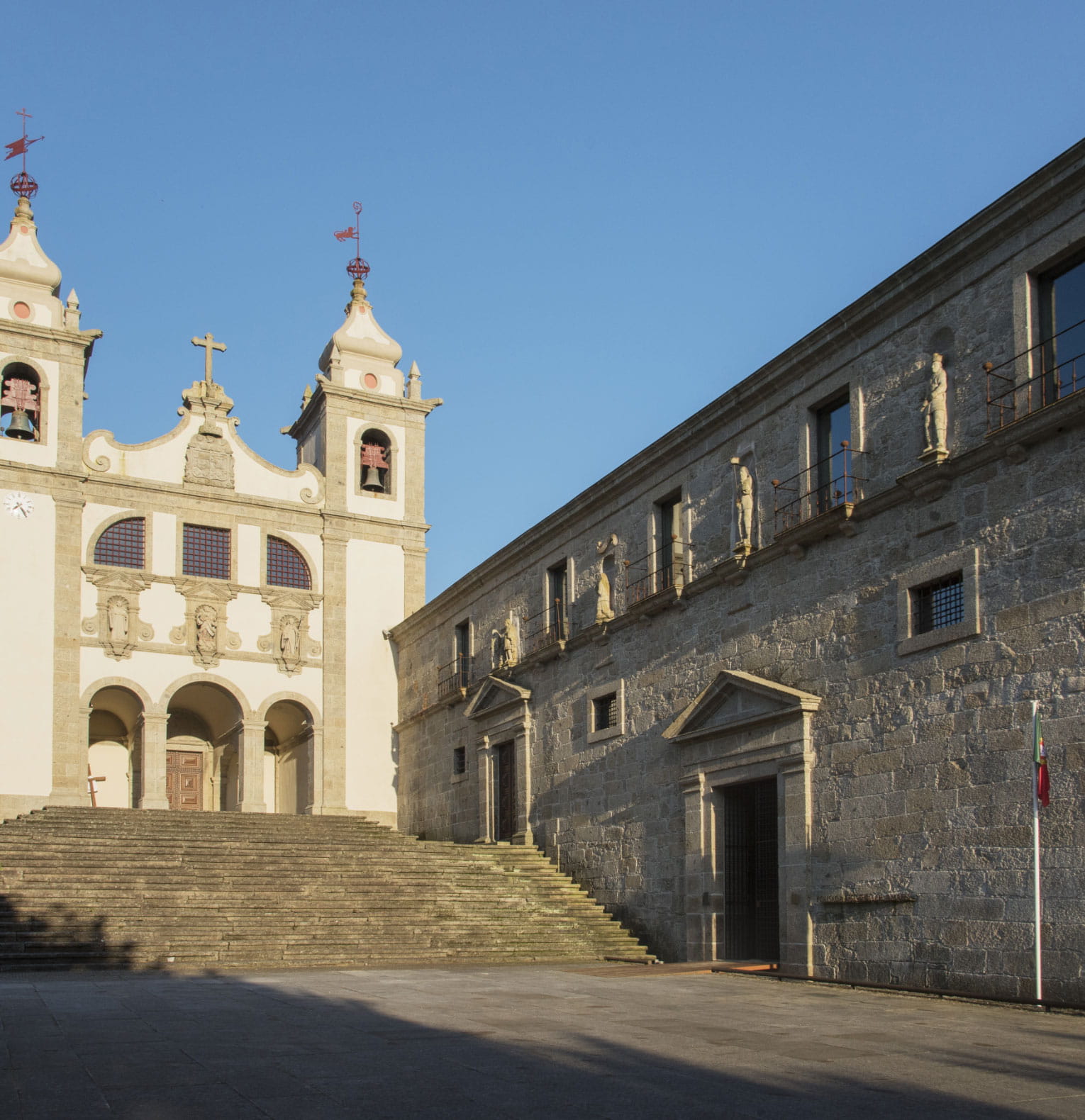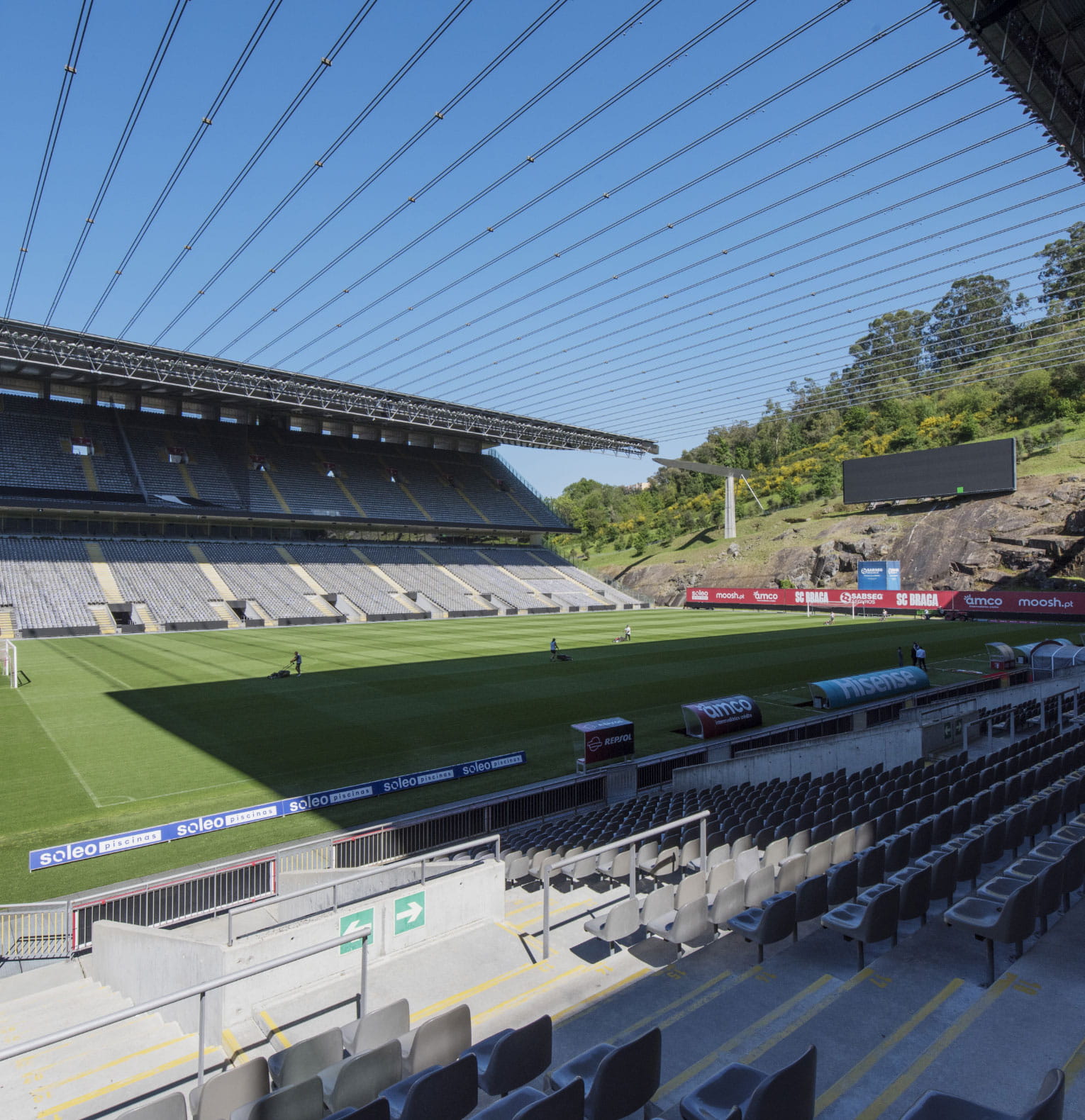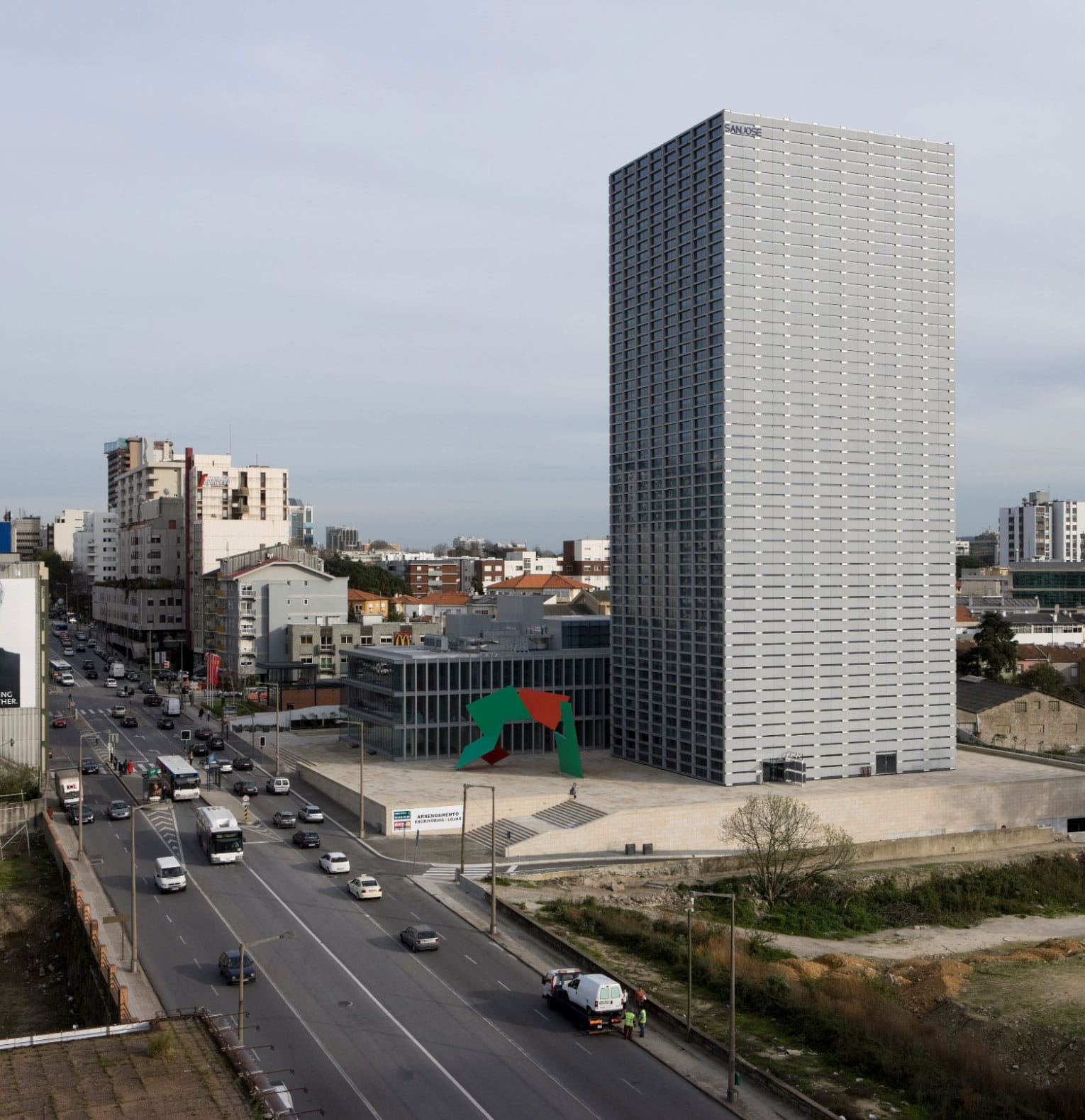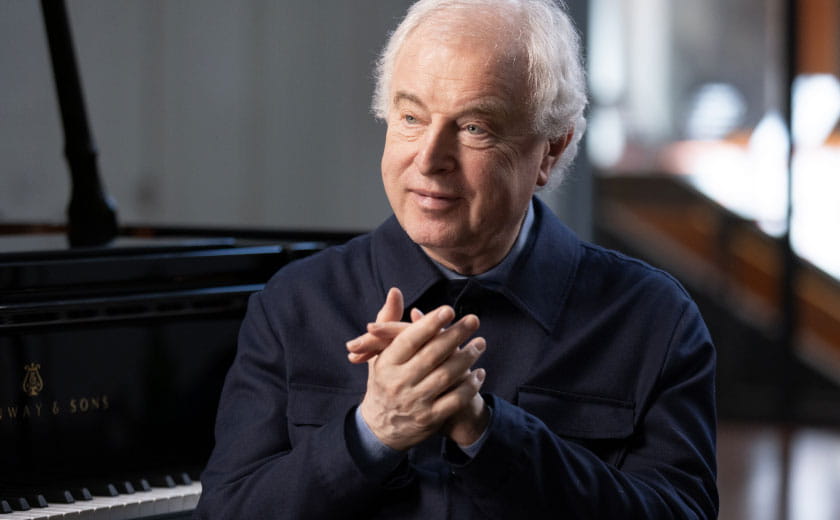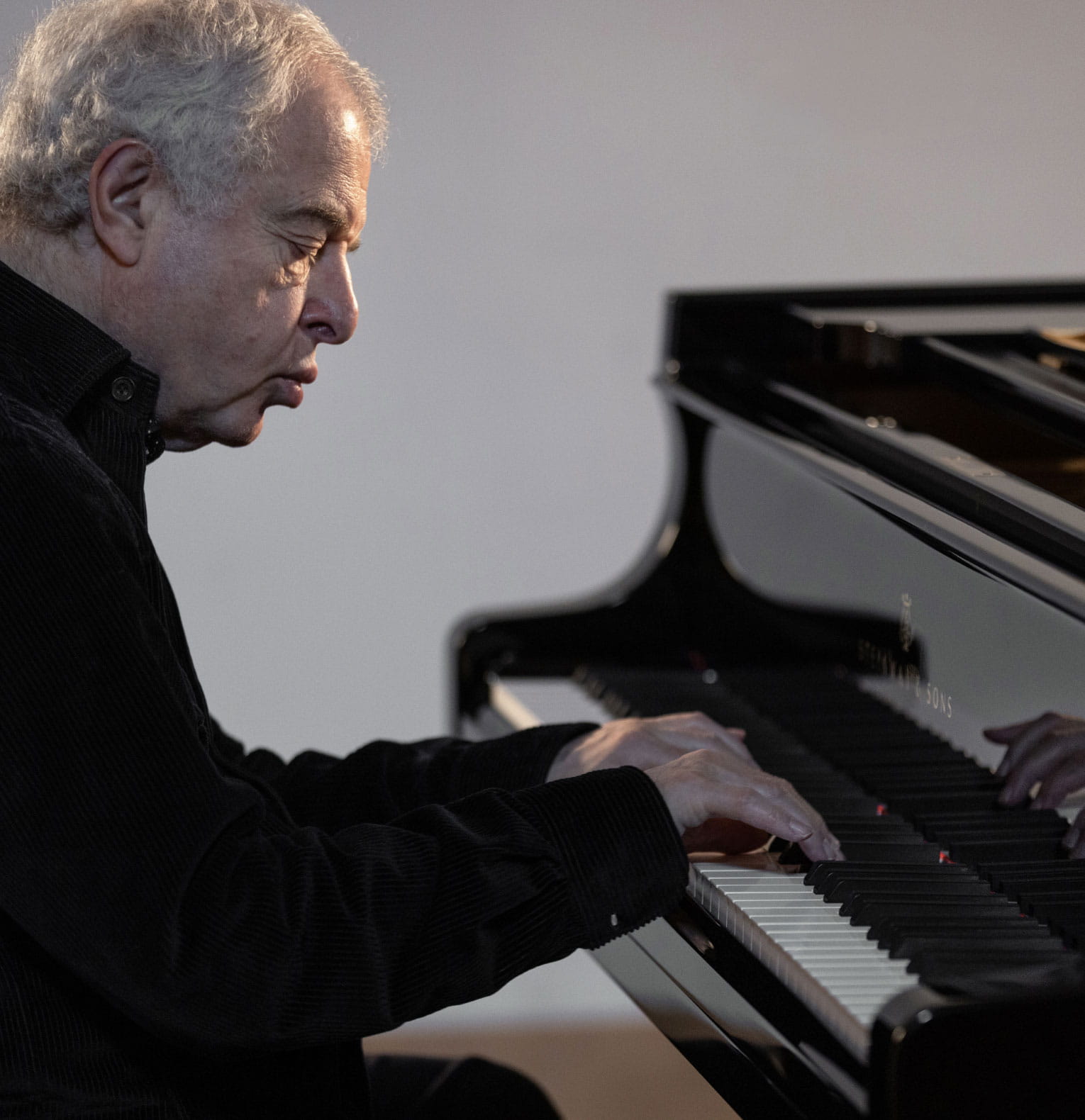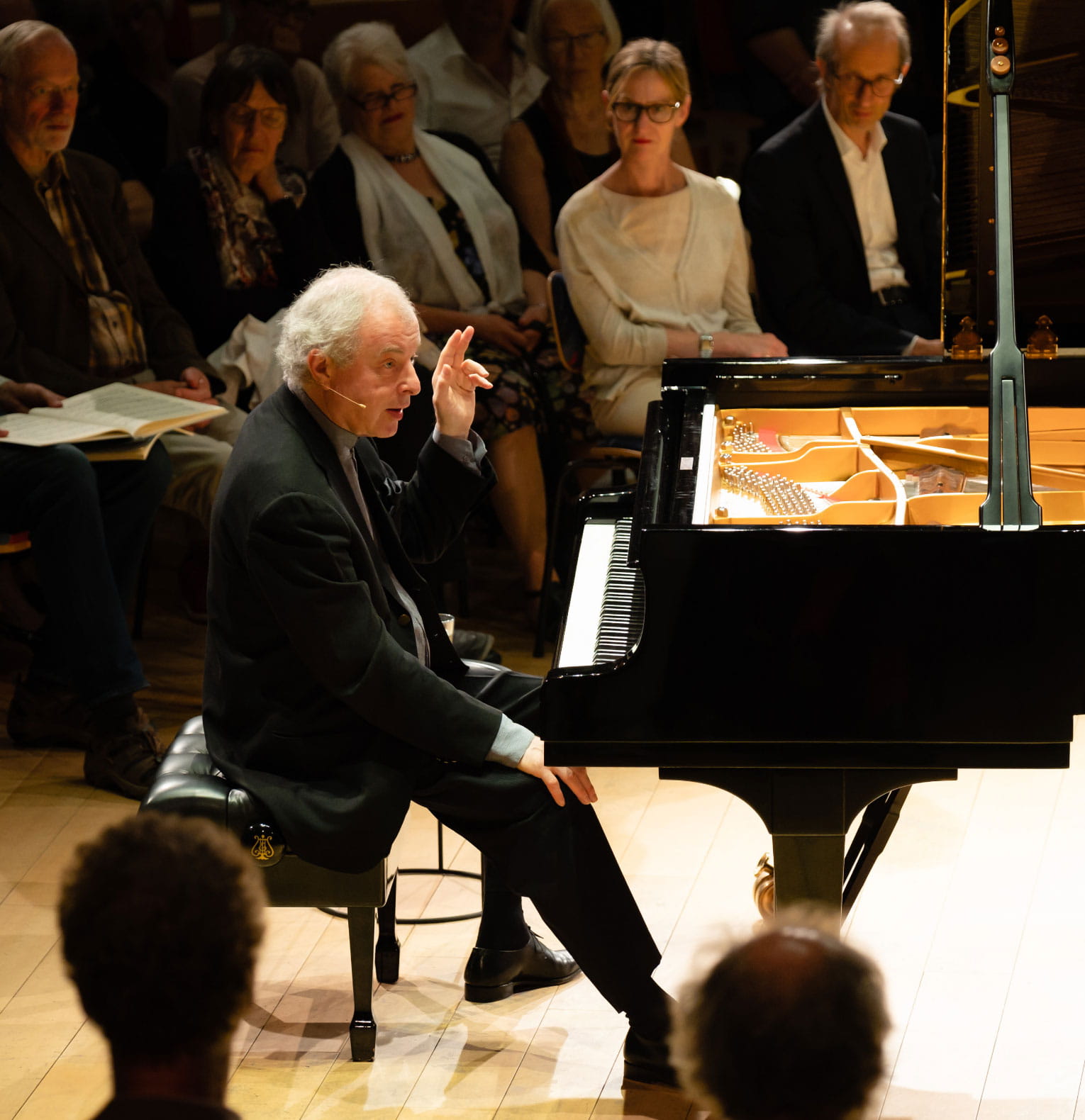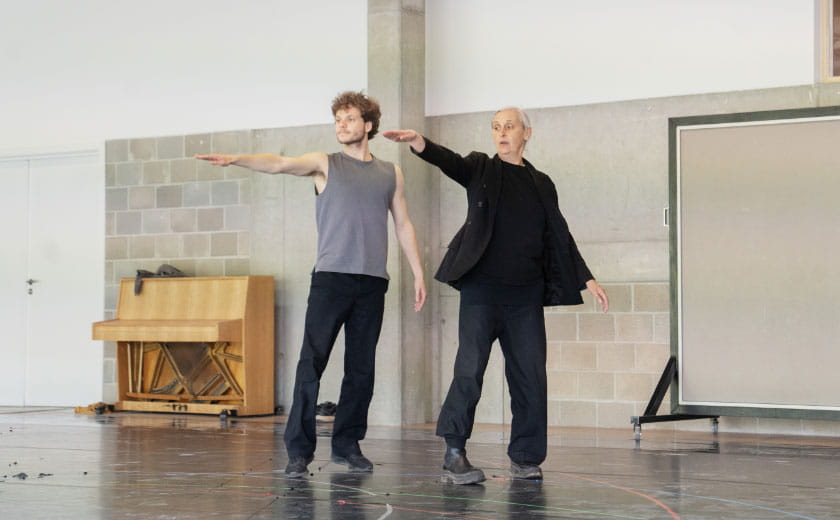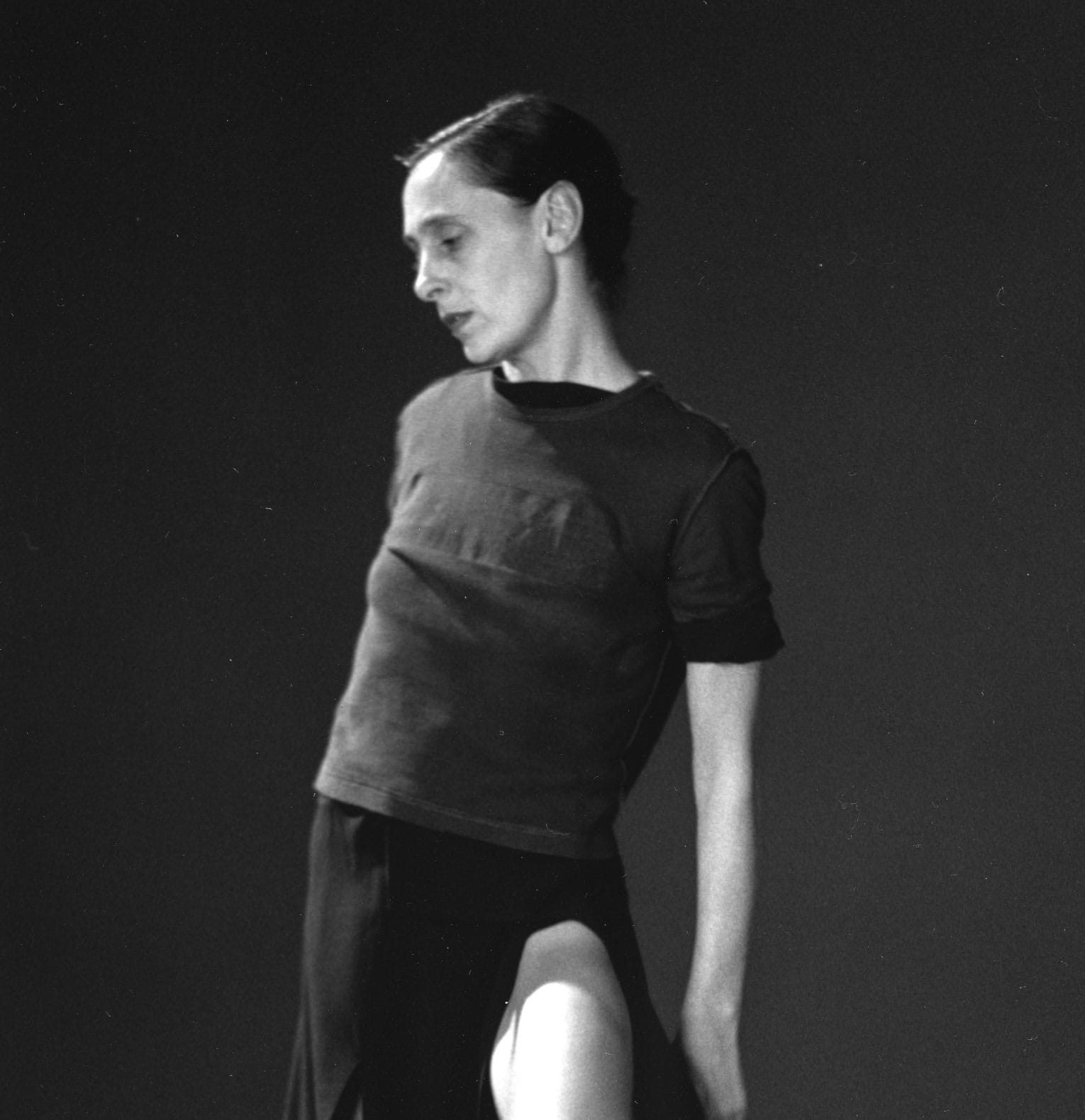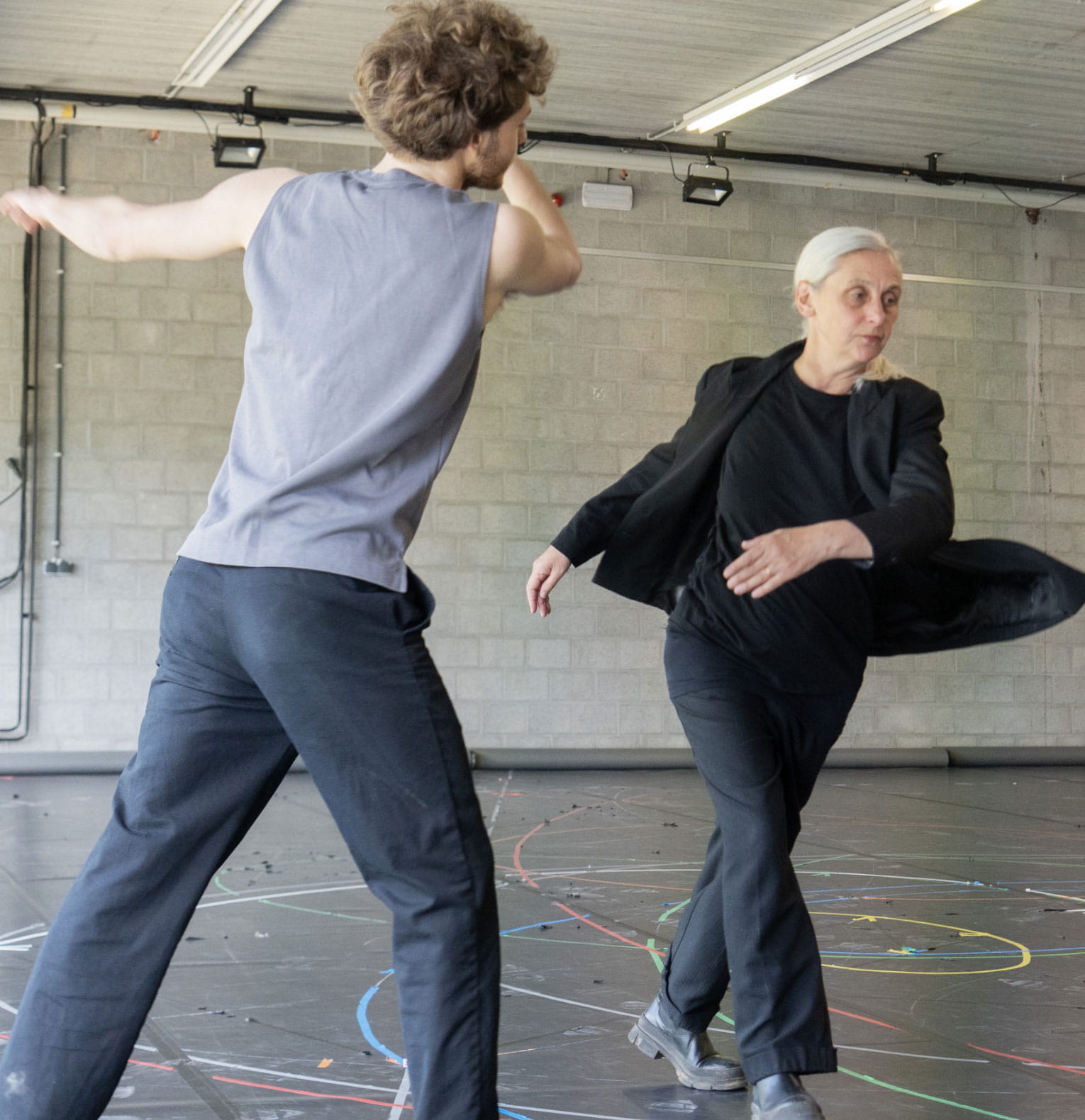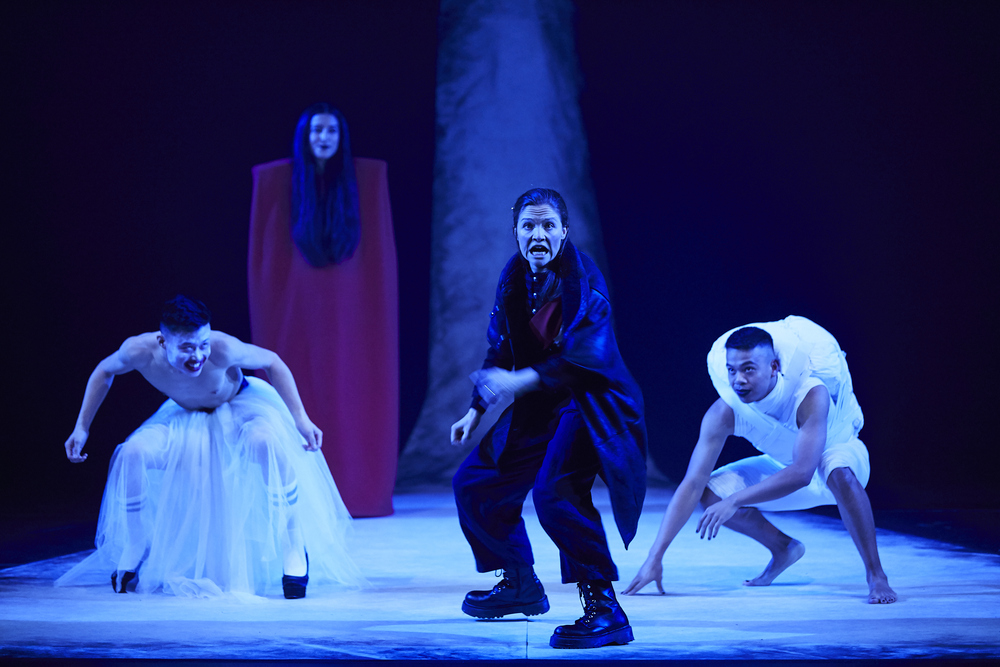Anne Teresa
De Keersmaeker
Born June 11, 1960 / Mechelen, Belgium
Anne Teresa De Keersmaeker is a Belgian choreographer and dancer. Since founding her dance company Rosas in 1983, she has been a leading force in the global contemporary dance scene. She studied dance at Mudra, the performing arts school founded by Maurice Béjart (1993 Praemium Imperiale laureate), and at the Tisch School of the Arts at New York University. After returning to Belgium, she gained wide recognition with Fase (1982), set to the music of Steve Reich (2006 Praemium Imperiale laureate). She is known for her exploration of the structural relationship between music and movement, engaging in dialogue with a wide range of musical styles of several periods, from minimal and classical to blues. Her choreography often begins with everyday movements like walking, which she abstracts to create a fusion of physicality and intellect. Her major works include Rain (2001) and EXIT ABOVE (2023). In 2025, De Keersmaeker collaborated with dancer and emerging choreographer Solal Mariotte on BREL, a duet inspired by the music and persona of Jacques Brel. She has a long-standing connection with Japan, having directed Toshio Hosokawa’s opera Hanjo in 2004. In addition to her artistic work, she is committed to education, having founded P.A.R.T.S. (Performing Arts Research and Training Studios), a performing arts school in Brussels to support the next generation of artists. Over the past 10 years, her work has also engaged with the visual arts in museum contexts such as the Louvre, Tate Modern and MoMA.

